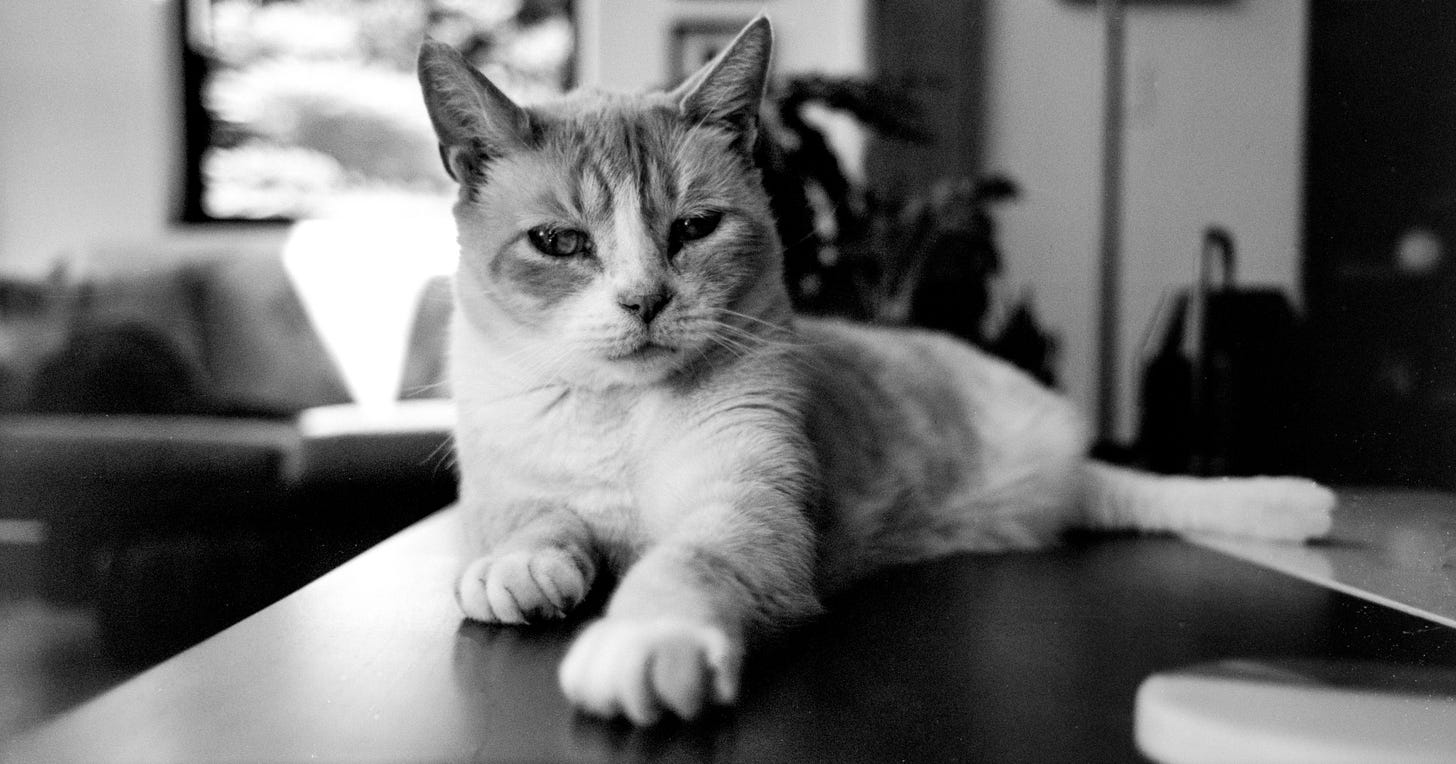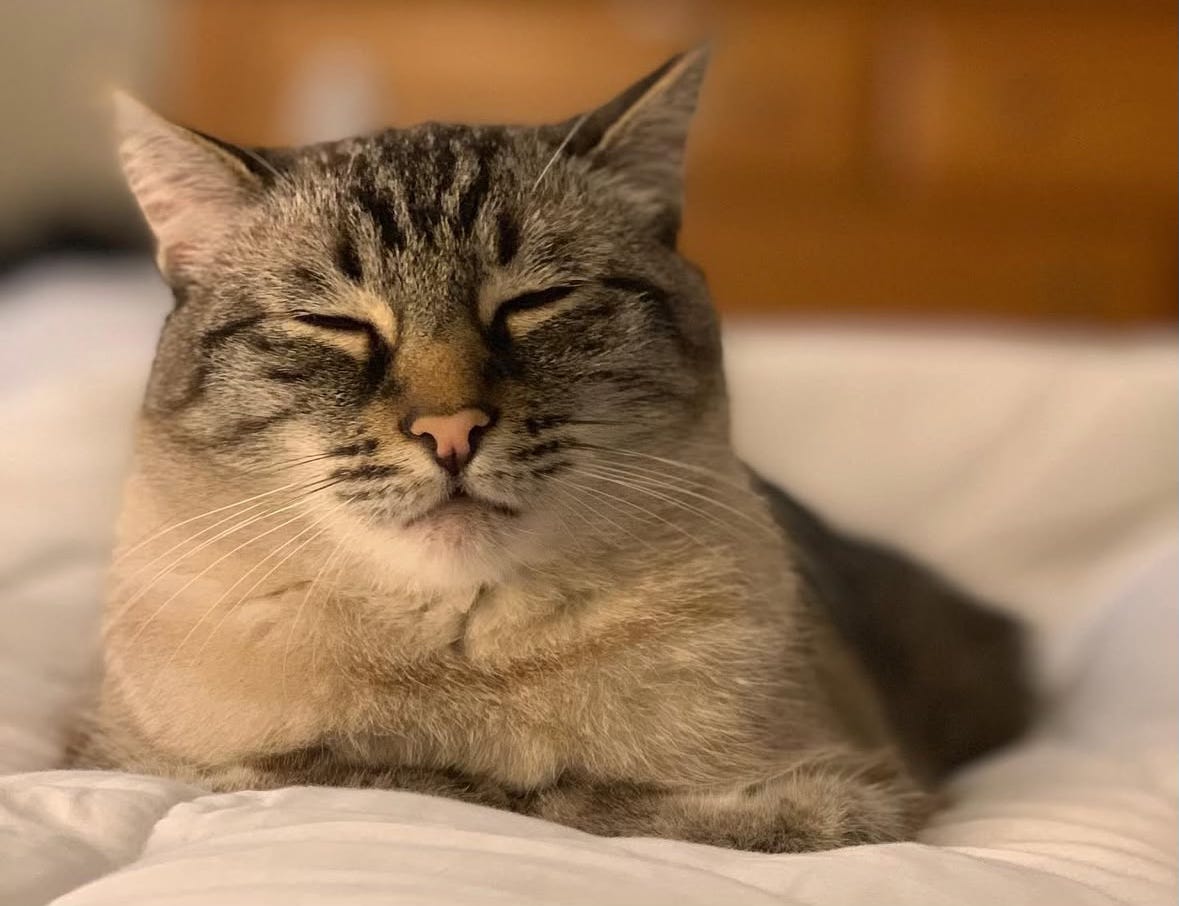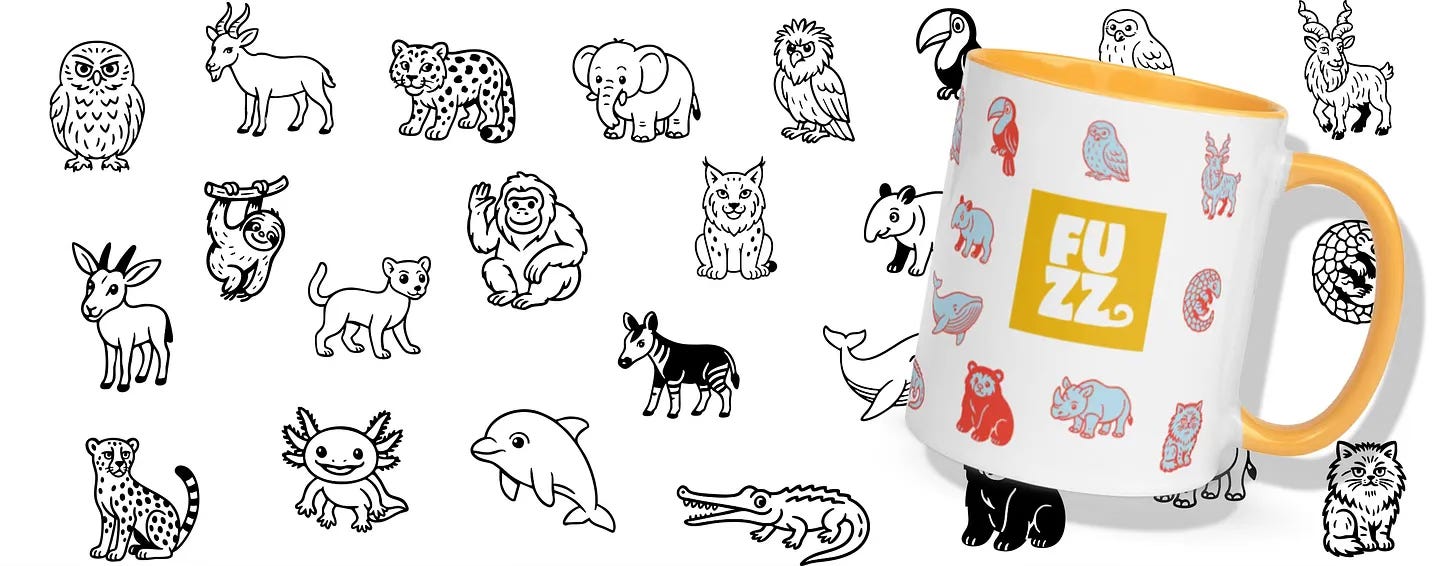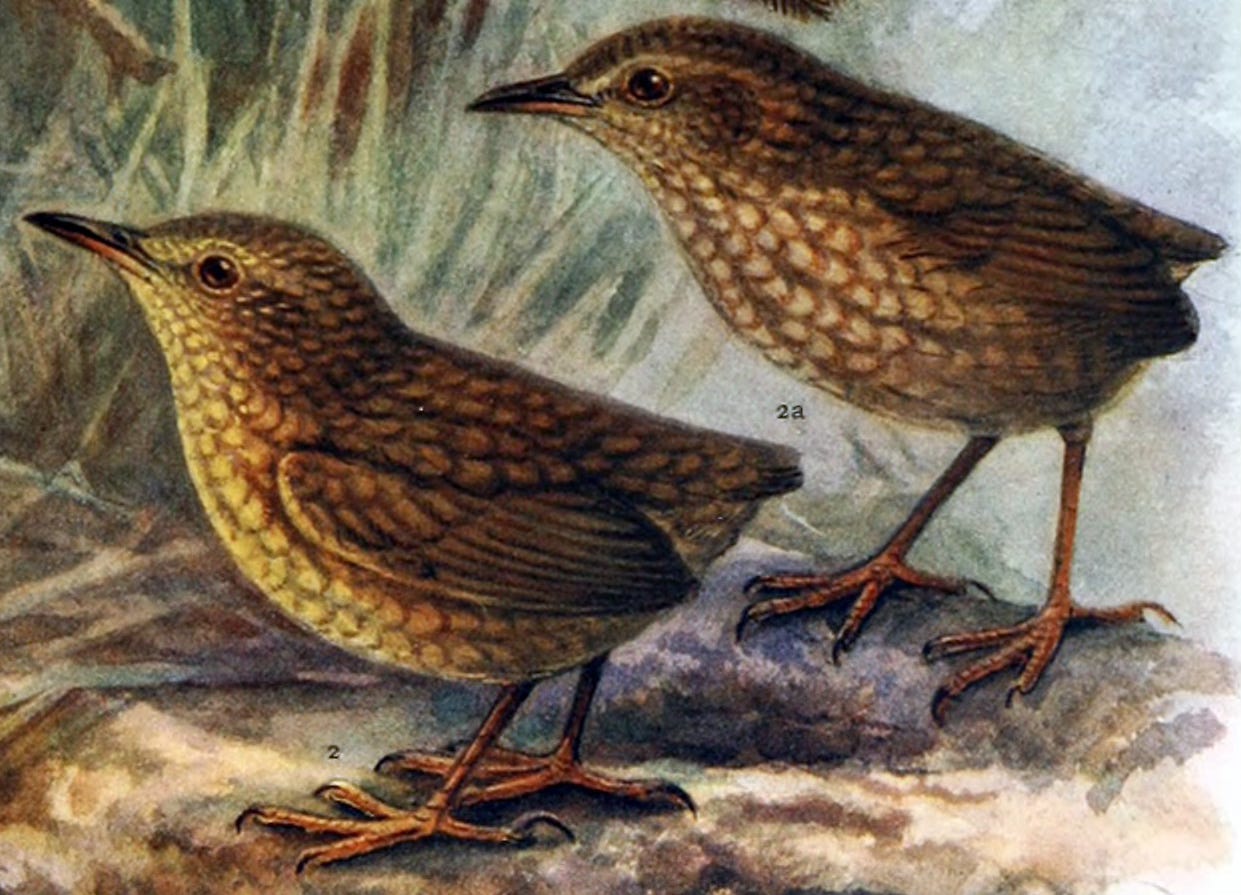This tiny killer belongs in your home
And a wildlife crisis hits Southern California's beaches.

By Dan Fletcher
Here is today’s audio edition:
I know, I know — people who let their cats roam outdoors have strong feelings about it. And I’m prepared for this column to generate a few nastygrams in return. (Be nice!)
But as the birds are returning to yards across America, let me gently implore you that the number one thing you can probably do in your own life to help wildlife is to keep your cat indoors. (And it’s good for them too, now more than ever!)
But before we get to that…
The winner is in for March’s FUZZ funds donation, and with a commanding performance, we’re sending $456 of your support to Mark Kaptein and his team fighting poaching on the LEO Africa reserve in South Africa.
I had a feeling the vote was headed this way; Mark is just too good of a character, and too good of a person to not win this month’s vote and I’m glad you all felt the same way.
I know he’s in Poland right now, finishing up his guiding season and showing people one of Europe’s remarkable wildlife success stories. I’ve hit him up on WhatsApp with the good news and will be sending the money to the reserve today.
Thank you so much to everyone who picked up this month’s limited edition FUZZ Mug. I’m going to leave them up in the shop for one more day, so this is your last chance to grab one and your first chance to start adding to April’s donation. I’m going to be rolling out a lot more merch soon; hopefully you’ll find something that strikes your fancy and supports animals around the world.
Grab a mug and let’s learn about the killer lurking inside your home…
I love cats. I have two — Larksy and Peru — and my first cat, Lexie, fostered an interest in animals that led to me starting this project.
But cats are jerks. And no one feels the impact more than our bird population. Cats kill over 2.4 billion birds in the U.S. each year. Billion with a B. And most of that carnage comes from pet cats, not feral ones.
But in case you’re not convinced — or if you have a recalcitrant neighbor who just doesn’t believe their cat is capable of murder — here are 10 other reasons to keep your cat indoors, particularly during this spring.
Mammals, reptiles, amphibians — nothing is safe. It’s not just birds. Cats kill billions of small mammals, plus untold numbers of reptiles, amphibians, and insects annually. Species already struggling due to habitat loss now face an added threat from free-roaming domestic cats.
They literally cause extinctions. Outdoor cats have wiped out at least 63 species of birds, mammals, and reptiles, including Lyall's Wren. Also known as the Stephens Island wren, this flightless bird was made extinct by a single, particularly dedicated, lighthouse keeper’s cat in New Zealand in the late 1800s.
They’re invasive predators. Domestic cats are not part of the natural food web. They’re an introduced, non-native species in most places that quickly jump to the top of the food pyramid. That means they hunt without any real predators to control their numbers — a perfect storm for ecological imbalance.
Wildlife rehabbers are overwhelmed. Many bird and wildlife rehab centers report that a huge percentage of their patients are there because of cat attacks. Most don’t survive. It's an avoidable burden on already underfunded rescue efforts.
Toxoplasmosis spreads through cat poop. When outdoor cats defecate in the wild, they can spread a parasite called toxoplasma gondii. It’s dangerous to wildlife — and humans too — and it’s now found in marine mammals, deer, and even sea otters. Even in the cat world, domestic cats are unusually immune to it; it’s the leading cause of early death in zoos for their wild cousins, the manul.
Bird flu is now infecting cats — and it's often fatal. They may kick toxoplasmosis, but cats are super susceptible to this latest strain of bird flu. Highly pathogenic avian influenza (HPAI) has been detected in domestic cats in multiple countries and in most cases, it's been fatal. Cats contract it by coming into contact with infected wild birds or their droppings — a major risk for outdoor cats. Keeping cats indoors protects them from this deadly virus.
Even well-fed cats hunt. Hunger isn't the motivator — instinct is. Even if your cat eats premium kibble at home, it may still go out and hunt, just because it can. (Again, jerks!)

They disrupt nesting seasons. During breeding months like the ones we’re entering into now, outdoor cats can devastate colonies of ground-nesting birds and disrupt entire breeding cycles, especially in suburban and rural areas.
They can spark ecosystem chain reactions. Removing key prey species, like certain songbirds or rodents, throws off local balance. For example, a 2020 study found that when cats reduce populations of insect-eating birds, insect outbreaks can intensify — damaging crops, altering plant communities, and disrupting ecological resilience. It can trigger changes up and down the food chain.
You can still give them a wild life — safely. Catios, supervised outdoor time, and enriching indoor environments can give cats the stimulation they crave, without decimating your local wildlife. (Just watch out for bird droppings this year — the bird flu risk is real!)
One more thing on cats while I have you — it’s your annual reminder to check your spring bouquets. Lilies are extremely toxic to cats, and even a nibble of any part of the plant or its pollen can be quickly fatal. Keep lilies out of your house if you have a cat, and keep your cat out of the neighborhood gardens. (Reason #11, if you’re still not convinced!)
Quick links! 🔗
Southern California's beaches are in the midst of a wildlife crisis, with hundreds of sea lions, dolphins, and seabirds washing ashore dead or seriously ill, overwhelming local rescue operations. The culprit is domoic acid, a neurotoxin produced by an unusually potent algae bloom that doesn't harm fish but accumulates in their bodies, poisoning the mammals and birds that eat them and causing seizures, erratic behavior, or coma-like states. Marine mammal rescue groups are struggling to keep up, with the Marine Mammal Care Center in San Pedro already handling two-thirds of its annual caseload in just a few months, forcing them to create makeshift pens in their parking lot to accommodate the surge of patients. They’re trying to raise some money to help with the crisis — you can adopt a patient if you’re looking for a way to help.
And we’ll end on some good news — It’s taken 25 years of quiet work in the mountains above Quito, Ecuador, but a transformed landscape is welcoming back a bunch of rare wildlife including pumas and Andean bears. This remarkable turnaround began when a small $21,000 investment grew into a $2.5 million annual fund that pays mountain communities to protect their páramo ecosystem – a unique high-altitude "sponge" that provides 70% of drinking water to cities below. Local ranchers have become conservation rangers, abandoned destructive grazing practices, and now proudly point out herds of deer where none existed before. A nice win from the Nature Conservancy.
Drop your cats in the comments! I ragged on them today, I always love to meet a new cat. Have a great Wednesday.









Very compelling case, and I totally agree, birds are amazing animals too! But toxoplasmosis really is the most convincing reason for me. It's such a threat to vulnerable wildlife, and of course our beloved manuls. Gotta protect them however we can!